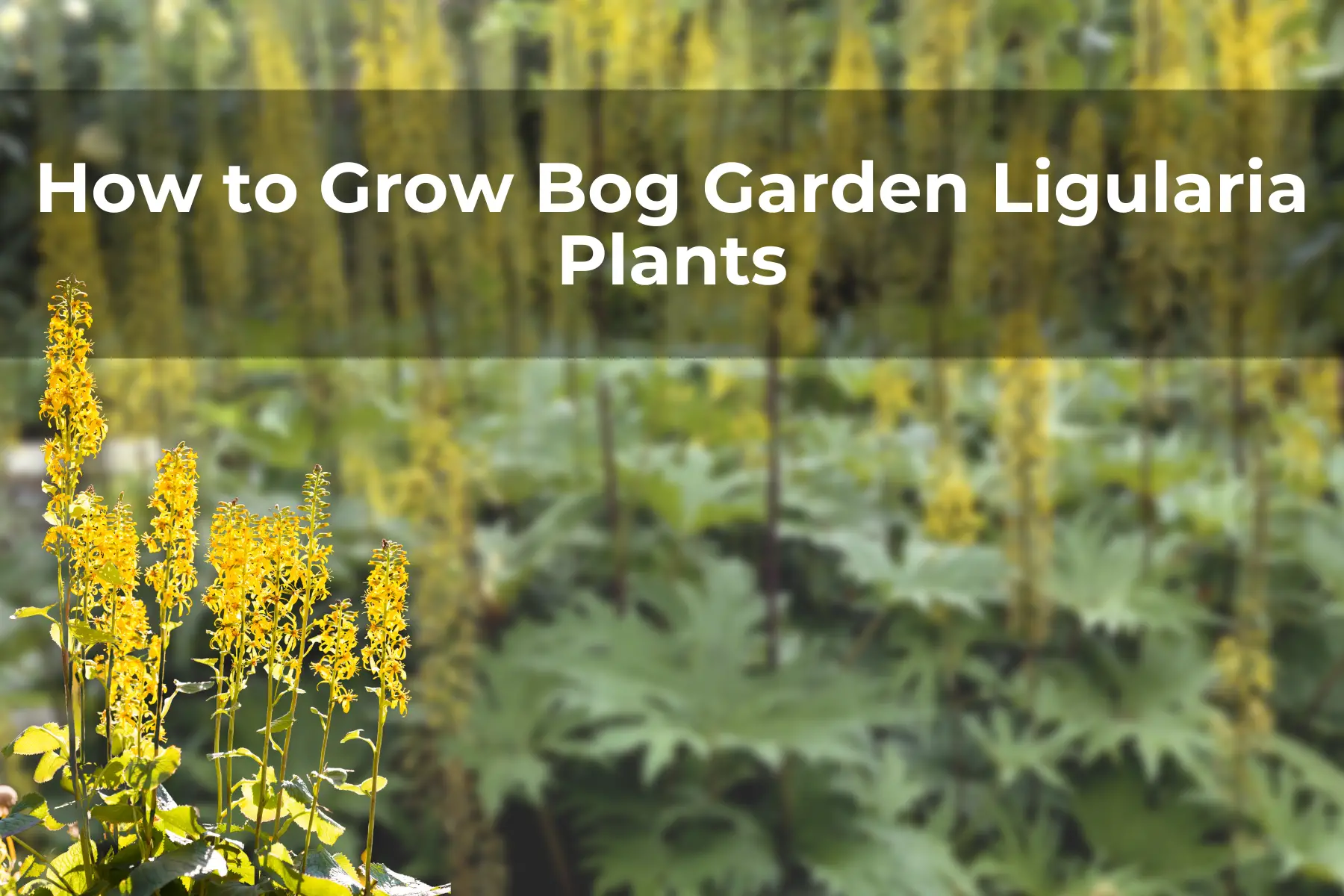Last Updated on April 15, 2024 by Real Men Sow
Bog garden Ligularia is a hardy perennial. They grow from large, leathery leaves and can reach heights of up to 1.8 meters (6 feet). Two types of Ligularia genus flowers can be produced by the Ligularia genus plants: long racemes or daisy-like flowers. These flowers bloom in summer and are typically yellow.
Flowers: Summer.
Flower Details: Yellow, orange. Stalks. Racemes. Daisy-like ray and disc florets.
Foliage: Herbaceous. Leathery. Large. Kidney-shaped. Deeply cut. Green, purple.
How to Grow a Bog Garden Ligularia
Many gardeners grow bog garden Ligularia plants, but some of them do not know how to plant it in their garden. All you need to learn is how to start with bog garden Ligularia seeds.
Sowing
Sow Outside: Sow on the Surface at the start of spring before the last frost or in autumn. It spans 24 to 36 inches (60-60 cm).
Sow Indoors: Germination time is two to three weeks. Temperatures: 55-65°F (13-18°C). 7 to 8 weeks ahead. Then transplant outside in the spring
Growing Guide
If you are growing Goldenray or other Ligularia outside from seeds, they should be sown on the soil surface. This can be done either in autumn or before the first frost of spring. They prefer to be in the sun, but can tolerate shade. Ligularia should grow in moist soil.
If you are first starting Ligularia seedlings indoors then they should be ready about one and a quarter months before being planted in the garden in the spring. They will take between two and six weeks for them to germinate at temperatures of 12-18°C (54-64°F).
Bog Garden Ligularia Caring Guide
Ligularia are easy to care for. Regular watering is necessary to keep the soil moist. In spring and summer, fertilizer should also be applied. Cut the stalks after flowering is finished. Cut the Ligularia plants down to ground level at the end of the growing season in Autumn.
It is best to divide Ligularia plants once a year in spring to maintain vigorous growth. This allows for the propagation and growth of more plants.
Light for Bog Garden Ligularia
Part shade to complete shade is required for leopard plants. The leaves will wilt and burn if they are exposed to direct sunlight.
Soil
The soil must be rich and humus-rich. It should also be moist enough to support the plant. It can tolerate a wide range of pH levels from slightly acidic to slightly alkaline.
Water
These shade perennials can get very thirsty so they make great wet-area plants. They need to be watered on an ongoing basis in the absence of regular rain. Give them a good soak at least once per week.
Temperature and Humidity
The plant can be grown outside all year. It needs to live in a tropical climate. The plant thrives in humid environments. Misting leaves in dry weather can increase humidity.
Fertilizer for Bog Garden Ligularia
Leopard or Bog garden Ligularia plants can be grown in rich soil that is heavy in humus. However, they do not require feeding.


